Results
-
 £17.50
£17.50Rhapsody for Euphonium (Euphonium Solo with Brass Band - Score only) - Sharman, Paul
Following a lively opening in which the band echoes statements by?the soloist, the central section features the melody 'He Leadeth Me'?before returning to the pyrotechnics of the first section.
Estimated dispatch 7-14 working days
-
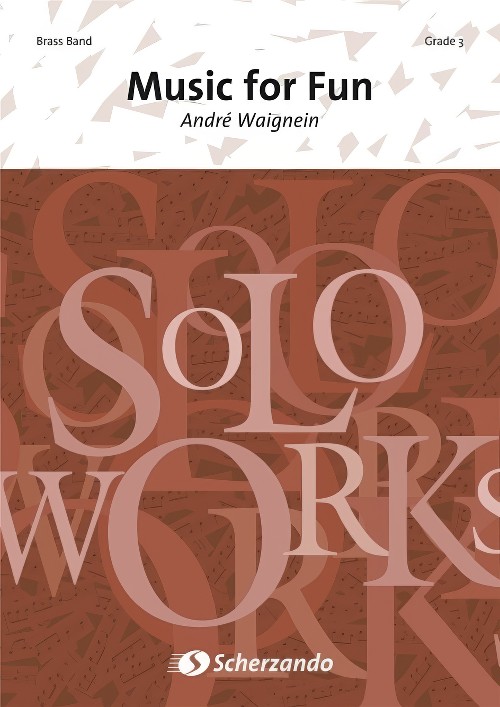 £76.99
£76.99Music for Fun (Cornet Solo with Brass Band - Score and Parts) - Waignein, Andre
Duration: 7.30
Estimated dispatch 7-14 working days
-
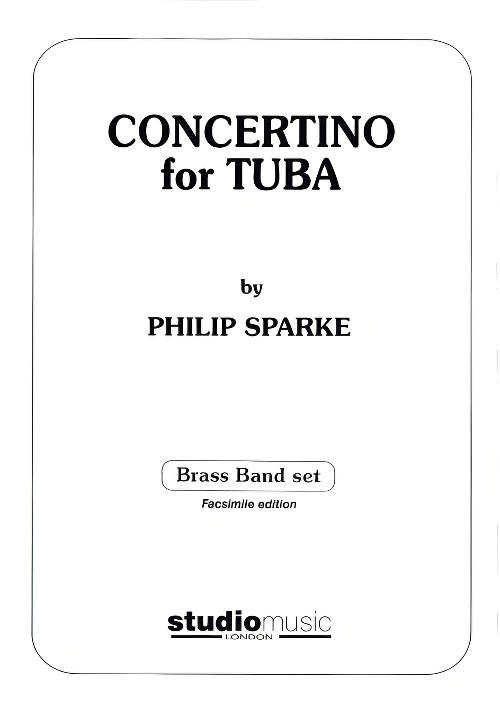 £69.95
£69.95Concertino for Tuba (Eb Tuba Solo with Brass Band - Score and Parts) - Sparke, Philip
Composer's facsimile edition
Estimated dispatch 7-14 working days
-
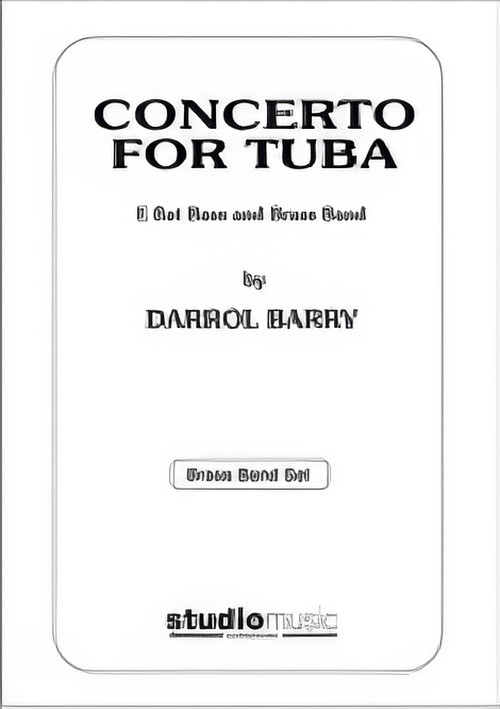 £82.95
£82.95CONCERTO FOR TUBA (Eb Bass Solo with Brass Band) - Barry, Darrol
Score and Parts. Dur: 15:30
Estimated dispatch 7-14 working days
-
 £49.95
£49.95FLIGHT (Solo for B flat Instrument/Brass Band) - Wilby, Philip
Estimated dispatch 7-14 working days
-
 £50.90
£50.90SAVING ALL MY LOVE FOR YOU (Flugel Horn Solo with Brass Band) - Wormald, Christopher
Grade: Easy.
Estimated dispatch 7-14 working days
-
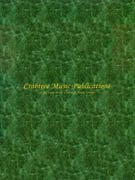 £59.99
£59.99SURREY WITH THE FRINGE ON TOP (3+ Euphoniums/Brass Band) - Freeh, Mark
With solo for three or more baritones/euphoniums. Duration: 3:00 Grade: Easy-Medium
Estimated dispatch 7-14 working days
-
 £54.20
£54.20TWO MOODS FOR TUBA (Eb Bass Solo with Brass Band) - Swann, Donald - Smith, Sandy
Grade: Medium
Estimated dispatch 7-14 working days
-
£19.50
Aria - Solo for Euphonium with Brass Band Accompaniment
Estimated dispatch 5-7 working days
-
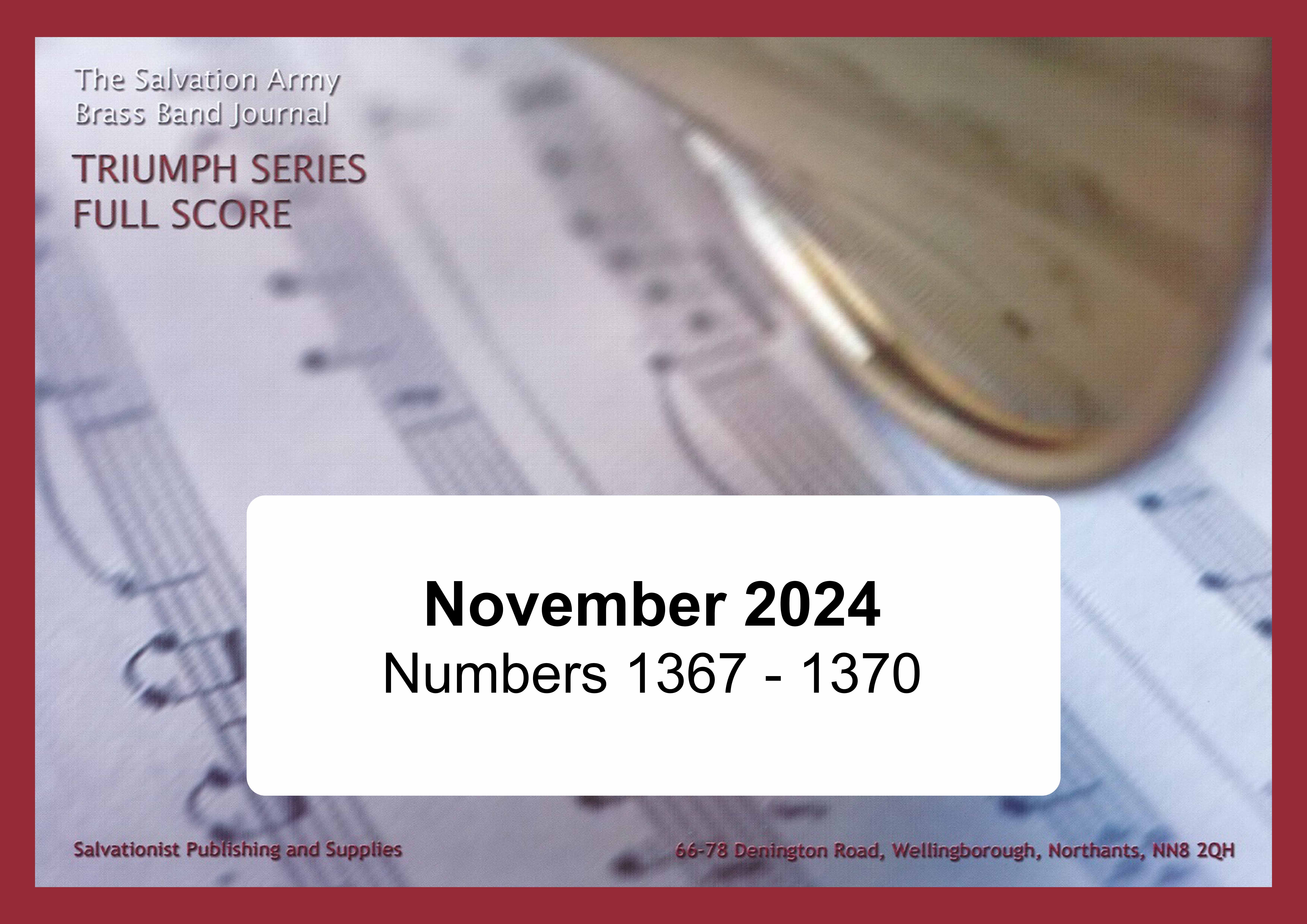 £55.00
£55.00Triumph Series Brass Band Journal, Numbers 1367 - 1370, November 2024
1367: March - Risen, conquering Son (Noel Jones)Two uplifting Easter songs are featured in this march; Low in the grave he lay (S.A.S.B. 228) with words and music written by Robert Lowry, and Thine is the glory (S.A.S.B. 276) with words by Edmond L. Budry and music by George F. Handel. Both serve as a powerful reminder of the resurrection of Jesus.1368: Horn Solo - O how much he cared for me (Keith Wilkinson)This solo was originally penned for Bandsman Frank Taylor, who plays Solo Horn at Stapleford Citadel Corps. As its basis, it uses the popular hymn No one ever cared for me like Jesus by Charles F. Weigle, a Baptist evangelist who wrote more than a thousand hymns.1369: My Redeemer lives (Olaf Ritman)This arrangement of Reuben Morgan's well-known worship song (S.A.S.B. 223) was first written as an accompaniment for congregational singing and can still be used in that way. It was inspired by the American R&B group Tower of Power and is meant to sound soulful and funky.1370: Selection - With life anew (Mervyn Clarke)This selection features music associated with two hymns; Blessd Saviour, now behold me (S.A.S.B. 575) by William Baugh and Breathe on me, breath of God (S.A.S.B. 294) by Edwin Hatch. Although Edwin Hatch's hymn-writing output was very small, this hymn has seen numerous settings and melodies associated with the words from which the piece takes its title; two of these melodies are featured here in Trentham and Carlisle.
Estimated dispatch 7-14 working days
